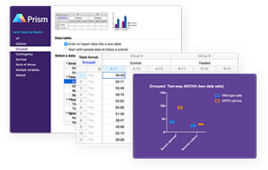
majestic b/Shutterstock
An experimental software program could produce a new way to diagnose one of the world’s leading causes of blindness.
IBM revealed a new platform fusing deep learning and visual analytics that was able to predict and diagnose the severity of diabetic retinopathy (DR) better than previously published efforts using this same technology, according to the announcement. DR is a condition where high blood sugar levels inflicts harm on the retina.
Scientists at the computing giant’s research arm used over 35,000 eye images to train the technology to identify lesions like micro-aneurysms and hemorrhages to assess the damage to the retina’s blood vessels while also predicting how severe the condition is.
The team refined the program’s deep learning capabilities by imbuing it with convolutional neural networks and dictionary-based learning so it can analyze each image pixel by pixel and patch by patch so it can learn patterns linked to specific pathology or disease, explained a blog post written by IMB Australia researcher Rahil Garnavi.
Results indicated the software achieved an accuracy score of 86 percent in categorizing the severity of the condition based on a clinical scale of five levels ranging from no DR, mild, moderate, severe, or proliferative DR.
“Recent advancements in deep learning and image analytics technologies are showing significant promise in the potential to help solve some of the greatest health challenges we face today,” said Dr. Joanna Batstone, the Vice President and Lab Director of IBM Research Australia, in a statement. “Automated and highly accurate DR screening methods have the potential to help doctors screen far more patients than currently possible.”
Google’s artificial intelligence subsidiary is working on a similar initiative where it partnered with the United Kingdom’s National Health Service so it could potentially create digital diagnostics that can quickly diagnose issues related to diabetes or macular degeneration.
DR affects one in three of the 422 million people diagnosed with diabetes globally. Leaving the condition untreated can lead to permanent blindness, but early detection and treatment can lower this risk by 95 percent.
Creating a new suite of software tools like this could help clinicians in low income areas and developing countries where an estimated 90 percent of the world’s visually impaired live. New technologies of this nature could generate better levels of efficiency helping physicians screen a greater number of patients and get them the help they need more quickly.
These findings were presented at the IEEE’s International Symposium on Biomedical Imaging in Melbourne, Australia.




